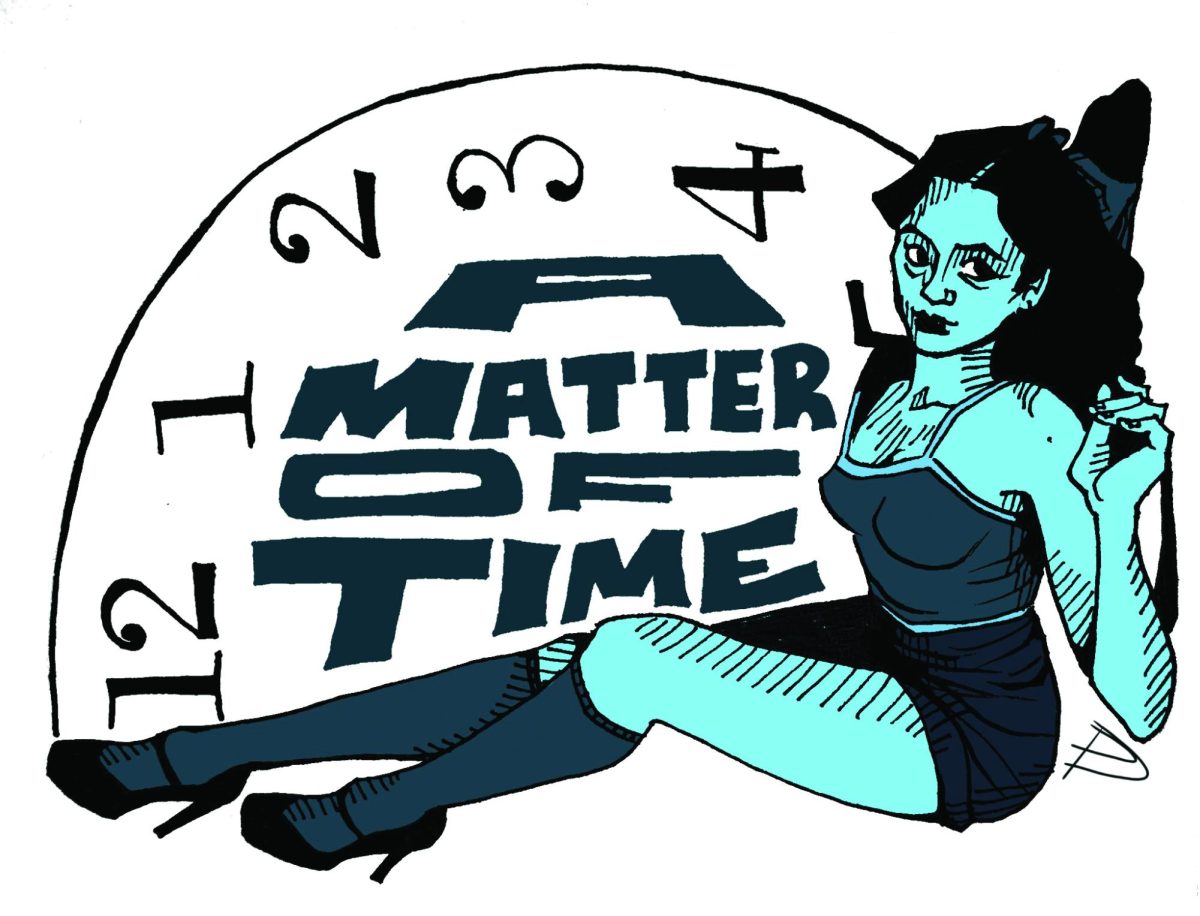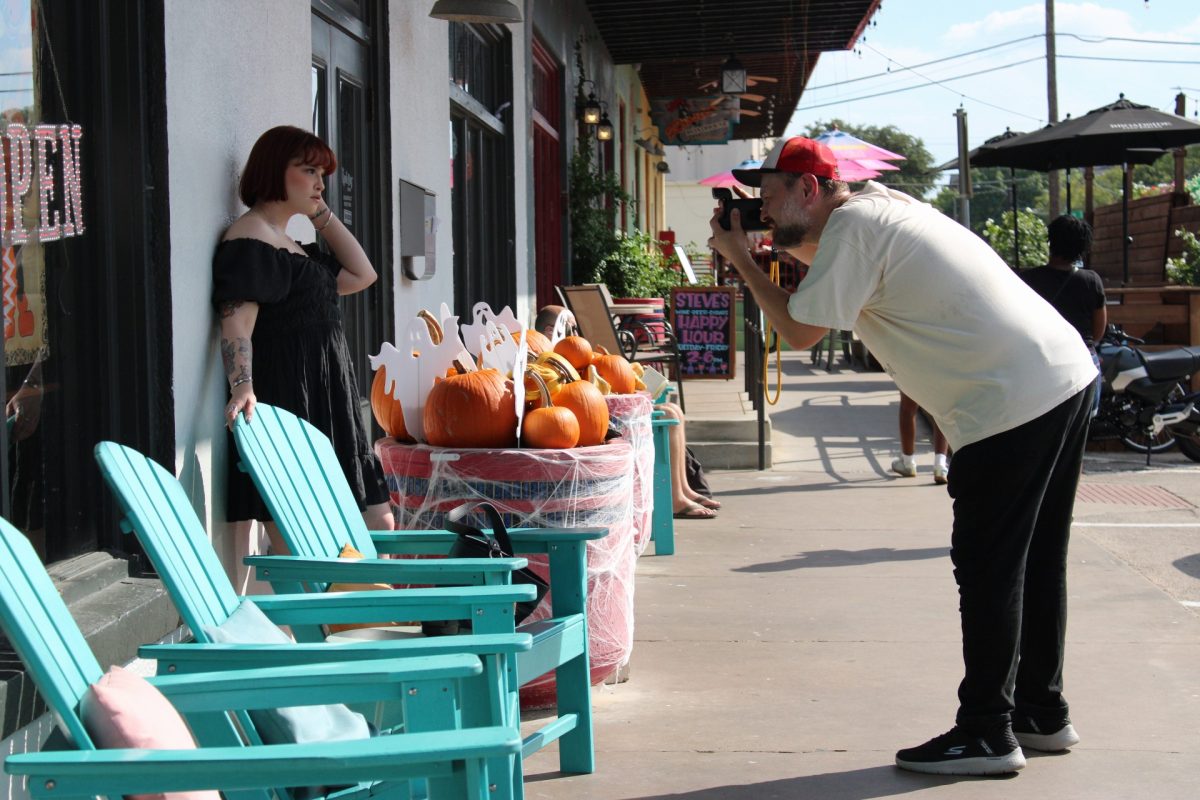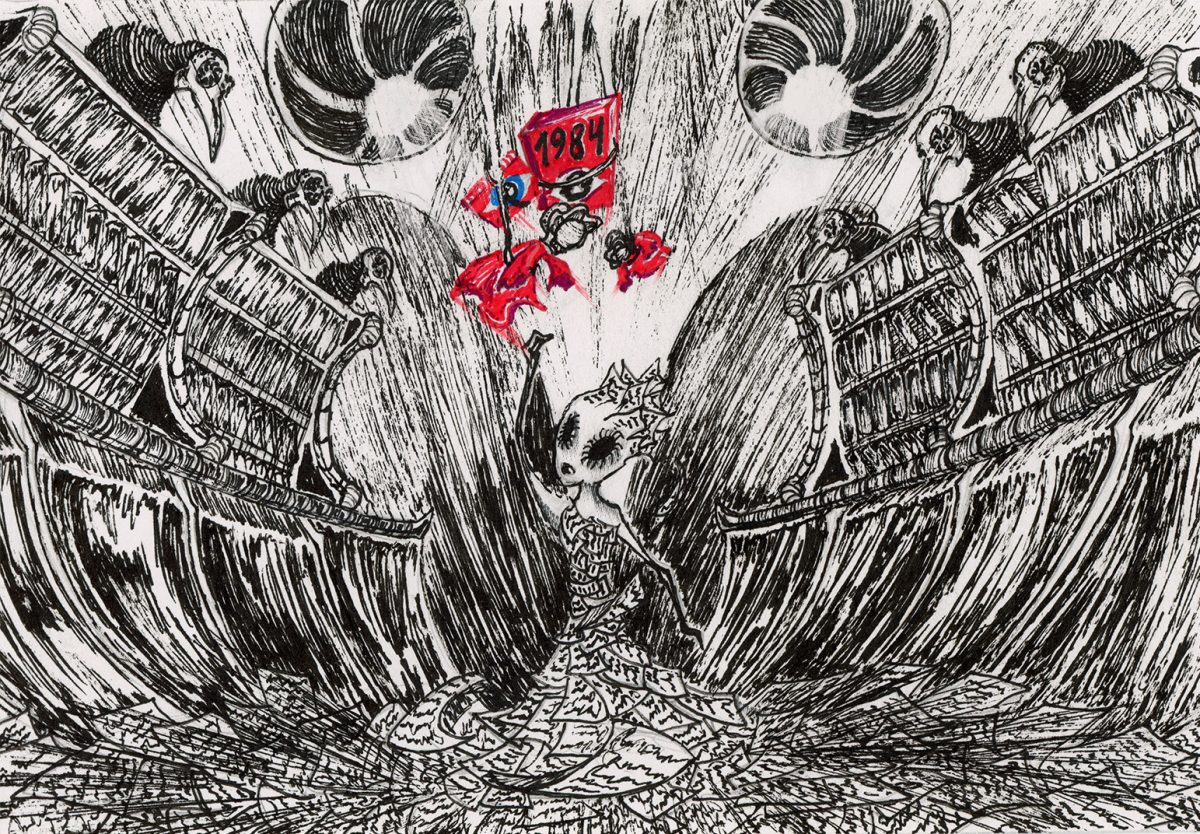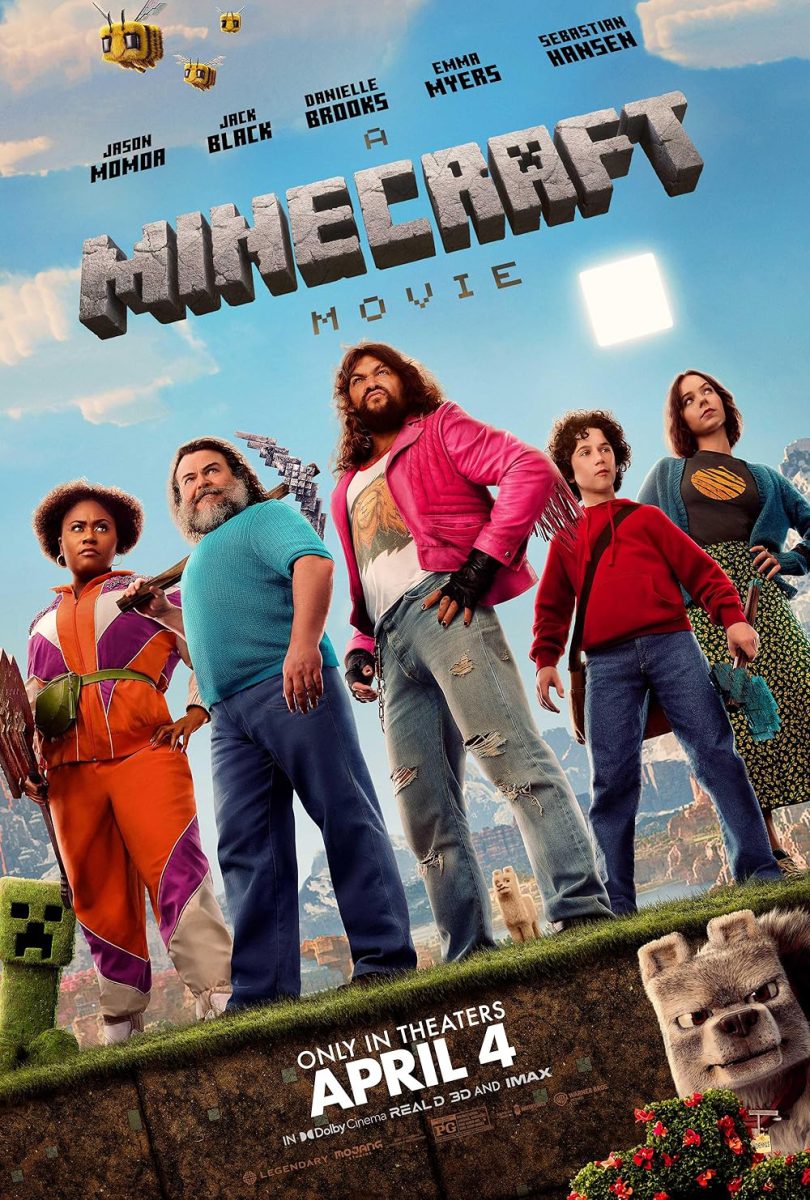By Chris R. Allison
Copy Editor

The modern holiday of Halloween has evolved from a number of ancient traditions and celebrations. Although no definitive proof exists, according to history.com, it is thought to incorporate aspects of Celtic, Roman and Christian celebrations. Samhain (pronounced sow-in) was a Celtic holiday marking the end of summer and the return of the harsh winter.
The Celts celebrated the eve of the new year at this time and believed the veil between the world of the living and the dead was obscured. The ghosts of the dead were thought to roam the countryside freely. Sacrifices and offerings were made to appease the wandering spirits and Druids, the Celtic priests, divined the future during the festival.
As Roman culture spread with the empire, the influence of their celebrations altered the Celtic holidays by incorporating the festivals of Feralia and Pomona. Feralia was the day traditionally held to commemorate the dead and the festival of Pomona honored the Roman goddess of fruit and trees. The tradition of bobbing for apples is believed to have its roots in celebrations tied to Pomona, due to her association with the fruit.
Five hundred years later, Christianity brought another influence with the introduction of All Saints Day, held on Nov. 1 to honor saints and martyrs, and All Souls Day, held on Nov. 2 to honor the passage of the dead. All Saints Day was also called All-hallows and the night before was known as All-hallows Eve. Over time, All-hallows Eve was simplified into the more familiar Halloween.
The modern tradition of wearing costumes also has its origins in the celebrations of old, according to history.com. Participants in the Celtic festival of Samhain wore animal heads and pelts as they danced around sacrificial bonfires and attempted to predict the future.
Christians celebrated All Souls Day by dressing up as angels, devils and saints as they paraded through the streets of Europe. The conservative views of early American colonists temporarily halted the practice until it was revived in the 1800s as a new wave of immigrants poured into the country.
The surge in English and Irish citizens rekindled the costumed celebrations and brought the tradition of trick-or-treating to North America. In medieval England, the poor practiced “souling,” involving begging for food in exchange for praying for the family’s dead. The term comes from the sweet breads or “soul cakes” frequently given out as reward for such prayers.
With the growth of American communities in the 1920s and 1930s, civic leaders reinvigorated the holiday by focusing celebrations on children and removing much of the religious context. Thus, the modern tradition of trick-or-treating was created to involve the entire community in parties and large-scale celebrations.
Pumpkin carving evolved from the Catholic practice of carrying a jack-o’-lantern while begging for soul cakes. The first jack-o’-lanterns were carved from turnips and represented the souls of the dead. The name comes from the legend of an Irishman, Stingy Jack, who made a deal with the devil to avoid an eternity in hell. He was denied entry into heaven when he died and was then doomed to walk the earth with a lantern of hellfire to light his way.
When the tradition arrived on America’s shores, the more familiar pumpkin replaced the turnip as the lantern of choice due to it’s climate adaptability.
Halloween is the second biggest commercial U.S. holiday after Christmas. According to the Huffington Post, Americans spend between $6 billion and $7 billion every year buying costumes, decorations and candy to celebrate it. The candy alone is big business, with a quarter of all candy sold annually purchased during the Halloween season.
Despite its commercial implications, the popularity of Halloween continues to grow. Perhaps it is the opportunity to don a mask and become another person for a night or the excuse to consume excessive amounts of sweets that continues to draw children and adults alike to participate in the celebration of the dead.







